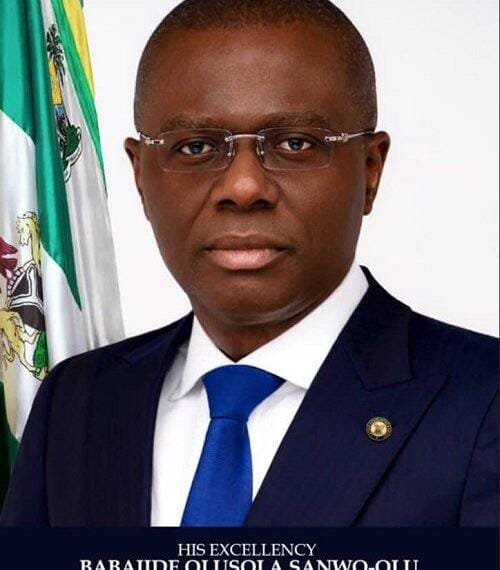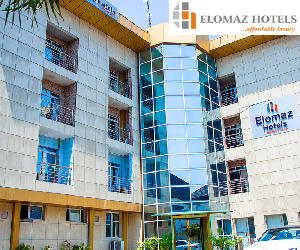By Tracy Fletcher
Lagos, the former federal capital of Nigeria is currently faced with crumbling infrastructure as a result of pressure from the increasing population
The state whose population was put at 200,000 at independence in 1960, now has an estimated population of 22 million in 2021 and this is taking a toll on the existing infrastructure, which is not able to carry the weight of the ever-growing population.
The Trumpet investigation reveals that with this huge number of its rising populace, the state’s infrastructure hitherto unplanned, is crumbling under the pressure of its inhabitants.
As a result of the high influx of people daily into the state in search of a better future, Lagos is failing to meet up with the demand for good and proper road networks, affordable housing, accessible hospitals, and cheap food. The result being is likened to the phrase “London Bridge is falling.”
The major roads remain in a deplorable state causing several productive hours to be lost in the notorious Lagos traffic jams. Meanwhile, inner roads which should act as alternatives are worse off. The state is being buried in a mire of refuse littered all over the place, blocking drainages, leaving the population at the mercy of flooding, whenever it rains heavily.
The public hospitals are struggling to cope with the number of people that pass through their gates, due to insufficient funding, and the search for clean water remains consistent, as private-homes owners are forced to dig their boreholes. The epileptic power supply has dropped and those who live in the highbrow areas on the Island are affected. Even the public transport system cannot cater effectively and efficiently to the public as long queues await those who try to use them.
A state which glitters from the outside turns to the opposite for those who have made it their home as reality sinks in. You either fight to survive or the state buries you.
Read also: Delta APC Call on Buhari to Sign Electoral Bill
The government is faced with a seemingly insurmountable and daunting task to turn things around. This couldn’t be more emphasized than in the speech given by His Excellency, The Governor of Lagos State, Mr. Babajide Sanwo-Olu, at the third Lagos Investors’ round table organized by the Sustainable Development Goals (SDGs) and Investment in November.
“As a low-lying aquatic city with over 22 million citizens, confined to the smallest landmass in Nigeria, Lagos is especially vulnerable to all the challenges of a sprawling, densely populated, climate challenged, a fast-growing megacity.
“We believe that given the rising population and limited geography space that we have, Lagos deed require about $15 billion over the next five years on infrastructure alone.
“$15 billion is about five times the budget that we currently have. Lagos’ budget is about $3 billion today,” the Governor stated.
Apart from the fact that there is a need for both public and private interventions to stem the tides of decay and dwindling infrastructure, there is a greater need for a central vision employed by this government and successive ones to follow a plan that will see the basic forms of infrastructure attended to, the policies of implementation if possibly overturned, and a systematic approach to set things right.
The consequences of what this situation portends for Lagosians are gargantuan, as potential investors might choose to turn a blind eye. Already established ones are operating poorly due to epileptic resources, with an apparent low and poor output, as a result of poor infrastructure, while small-medium enterprises that can no longer cope, are closing down daily as a result of this dire challenge.
The time to act for a better tomorrow is now, or Lagos might just become the do-not-go-to state in Nigeria.






